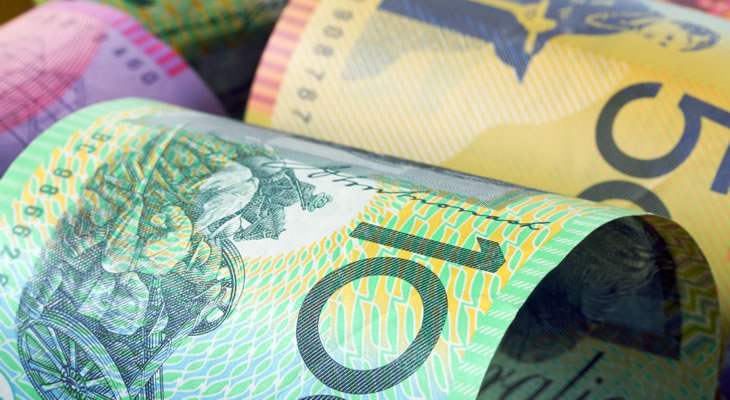Disappointing Australian Wage Cost Index Dented ‘Aussie’ (AUD) Demand
Despite the Reserve Bank of Australia (RBA) reaffirming its neutral policy bias in its November meeting minutes this failed to keep the ‘Aussie’ (AUD) on a stronger footing for long. Investors were discouraged by a weaker-than-expected third quarter wage cost index, which dipped from 2.1% to 1.9% on the year. This underlined concerns over the strength of the Australian economy, particularly as expectations are not especially positive for October’s labour market data. The more risk averse mood of markets on Wednesday also helped to benefit the Pound Australian Dollar (GBP AUD) exchange rate.
Confidence in the Pound (GBP) was somewhat muted, however, by the mixed nature of the latest UK employment data. While the unemployment rate fell to a fresh eleven-month low of 4.8% in the three months to September this was at odds with the sharp increase in jobless claims seen in October. As wage growth proved solid, though, this was not enough to prevent the GBP AUD exchange rate extending its gains.
Nevertheless, James Smith, economist at ING, noted:
‘Excluding bonuses, average weekly earnings increased by 2.4% YoY. To a certain extent, this has been helped along by the impact of the introduction of the National Living Wage earlier this year. But weaker economic activity hits wage growth with a lag, so today’s resilient numbers probably still reflect stronger activity in 2015/early 2016.’
GBP AUD Exchange Rate Forecast: Weaker Employment Data to Weigh on Australian Dollar
The Australian Dollar is likely to see some marked volatility in response to Thursday’s labour market report, which is forecast to show an uptick in the unemployment rate. This would exacerbate worries over the outlook of the domestic economy, fuelling speculation that the RBA will not maintain its neutral policy bias over the coming months. On the other hand, if employment conditions are found to have remained more resilient then the GBP AUD exchange rate is likely to return to a downtrend.
UK retail sales data could boost the Pound, meanwhile, as investors anticipate a solid strengthening in consumer demand. Higher levels of spending would indicate greater confidence within the domestic economy, helping to allay worries over the negative impact of Brexit-based uncertainty. However, a downside disappointment here could encourage further Sterling selling, particularly if any additional signs of government disorganisation emerge.
Current Interbank Exchange Rates
At the time of writing, the Pound Australian Dollar (GBP AUD) exchange rate was trending bullishly at 1.66, while the Australian Dollar Pound (AUD GBP) pairing was slumped in the region of 0.60.


Comments are closed.